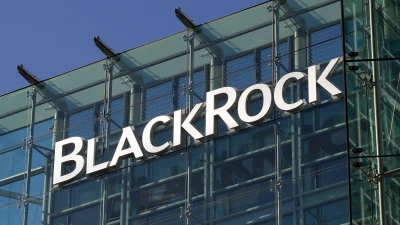ETF industry loses $5b in January after market volatility



The Australian exchange traded fund (ETF) industry has started 2022 negatively with losses of $5 billion during January.
According to the monthly report from BetaShares, January saw assets under management fell 3.7%, some $5.1 billion during January.
This was despite inflows of $1.5 billion during the month to end with $131.8 billion.
“With global and Australian sharemarkets falling steeply in the first month of 2022, positive inflows were not enough to combat a drop in asset values, which led to a negative start for the Australian ETF industry,” it said.
The industry ended 2021 at an all-time high of $136.9 billion, growing 44% during the year.
In light of the volatility, monthly trading values increased by 26% to reach its second-highest monthly level on record of $10.3 billion. BetaShares said this had been a growing trend during market volatility as investors took advantage of the liquidity offered by ETFs to express market views.
The majority of inflows went into international equities, which gained $641 million, followed by Australian equities which increased by $410 million.
There were also large inflows into defensive ETFs such as iShares Enhanced Cash ETF, BetaShares Australian High Interest Cash ETF and iShares Government Inflation ETF which gained $107 million, $100 million and $56 million respectively. As a sector, cash ETFs saw inflows of $207 million.
Recommended for you
Schroders has appointed a new chief executive as Simon Doyle steps down from the asset manager after 22 years.
Distribution of private credit funds through advised channels to retail investors will be an ASIC priority for 2026 as it releases the results of its thematic fund surveillance and guidance for research houses.
State Street Investment Management has taken a minority stake in private market secondaries manager Coller Capital with the pair set to collaborate on broaden each firm’s reach and drive innovation.
BlackRock Australia plans to launch a Bitcoin ETF later this month, wrapping the firm’s US-listed version which is US$85 billion in size.












